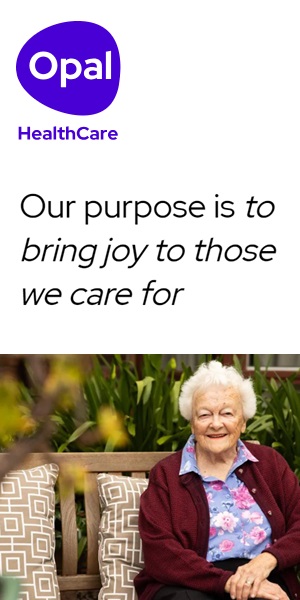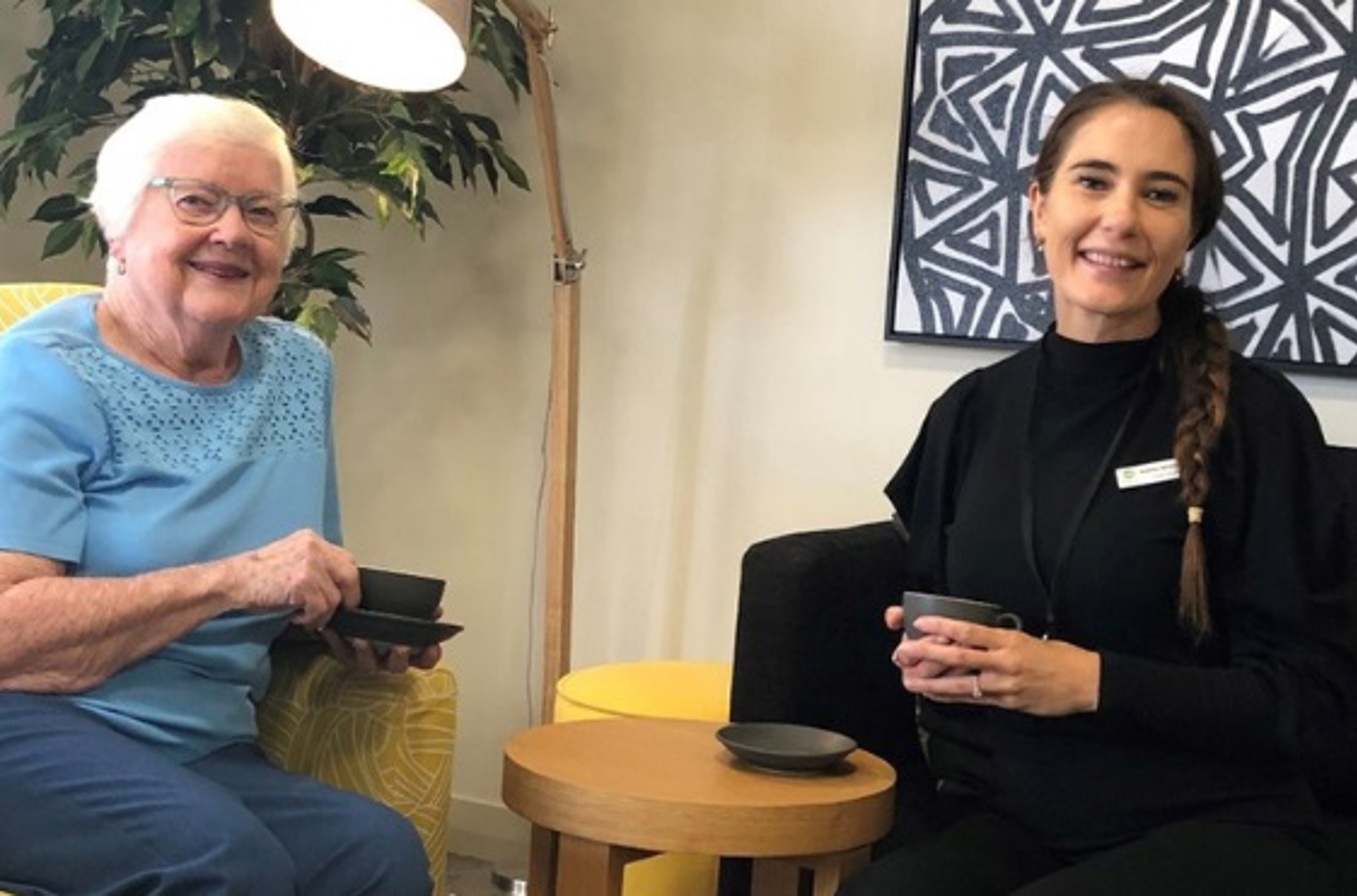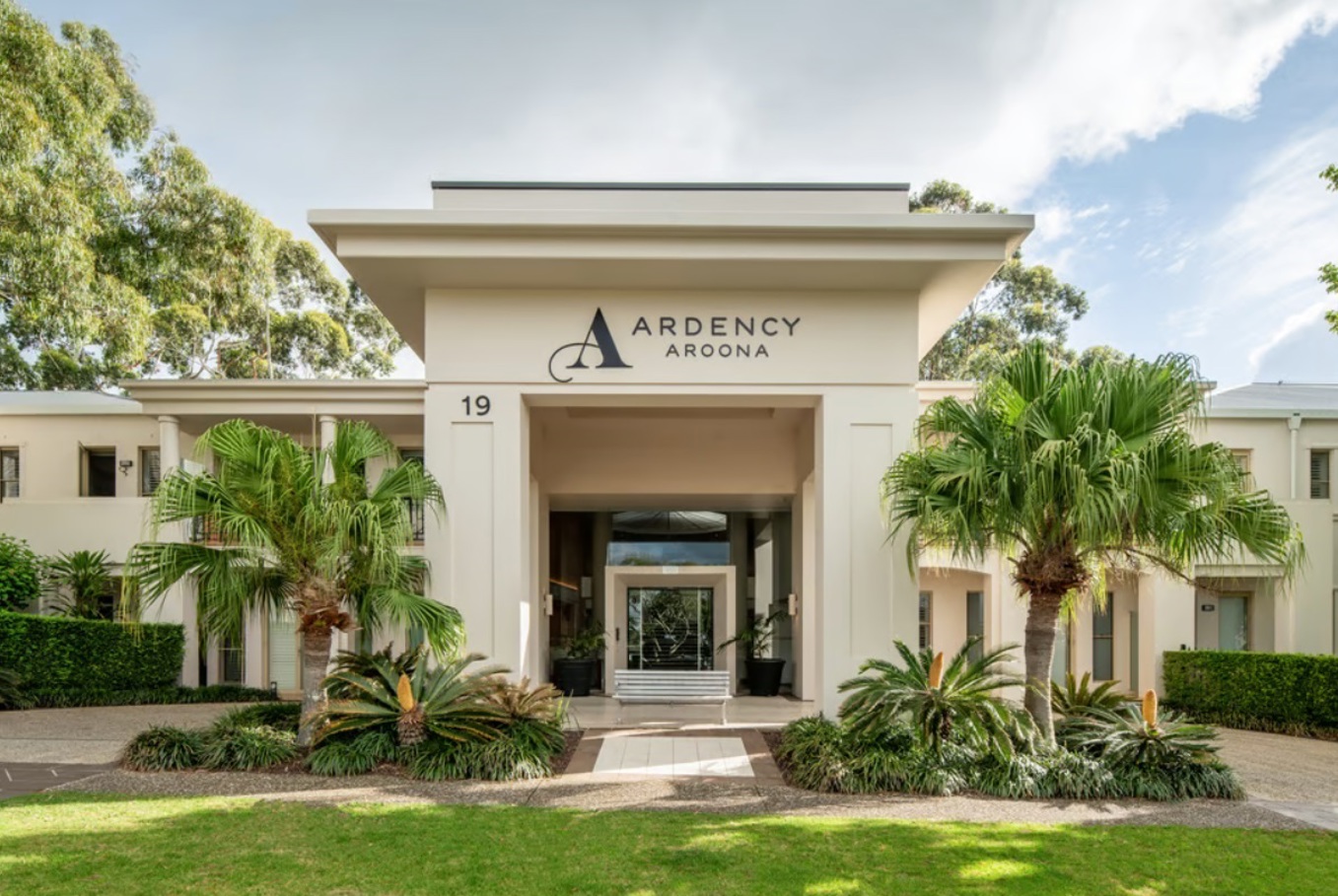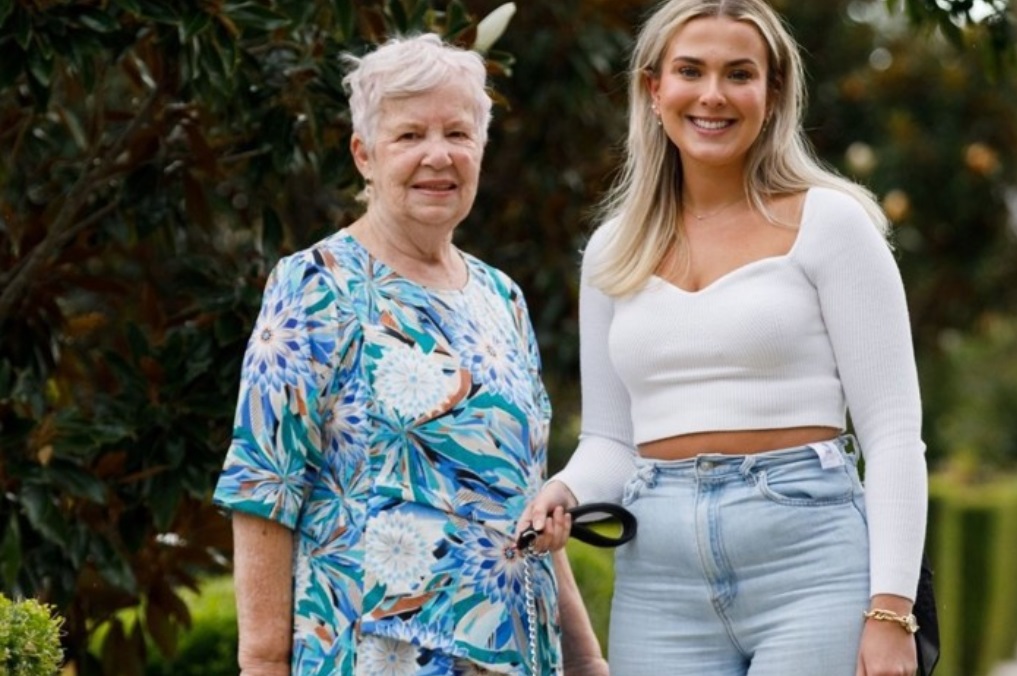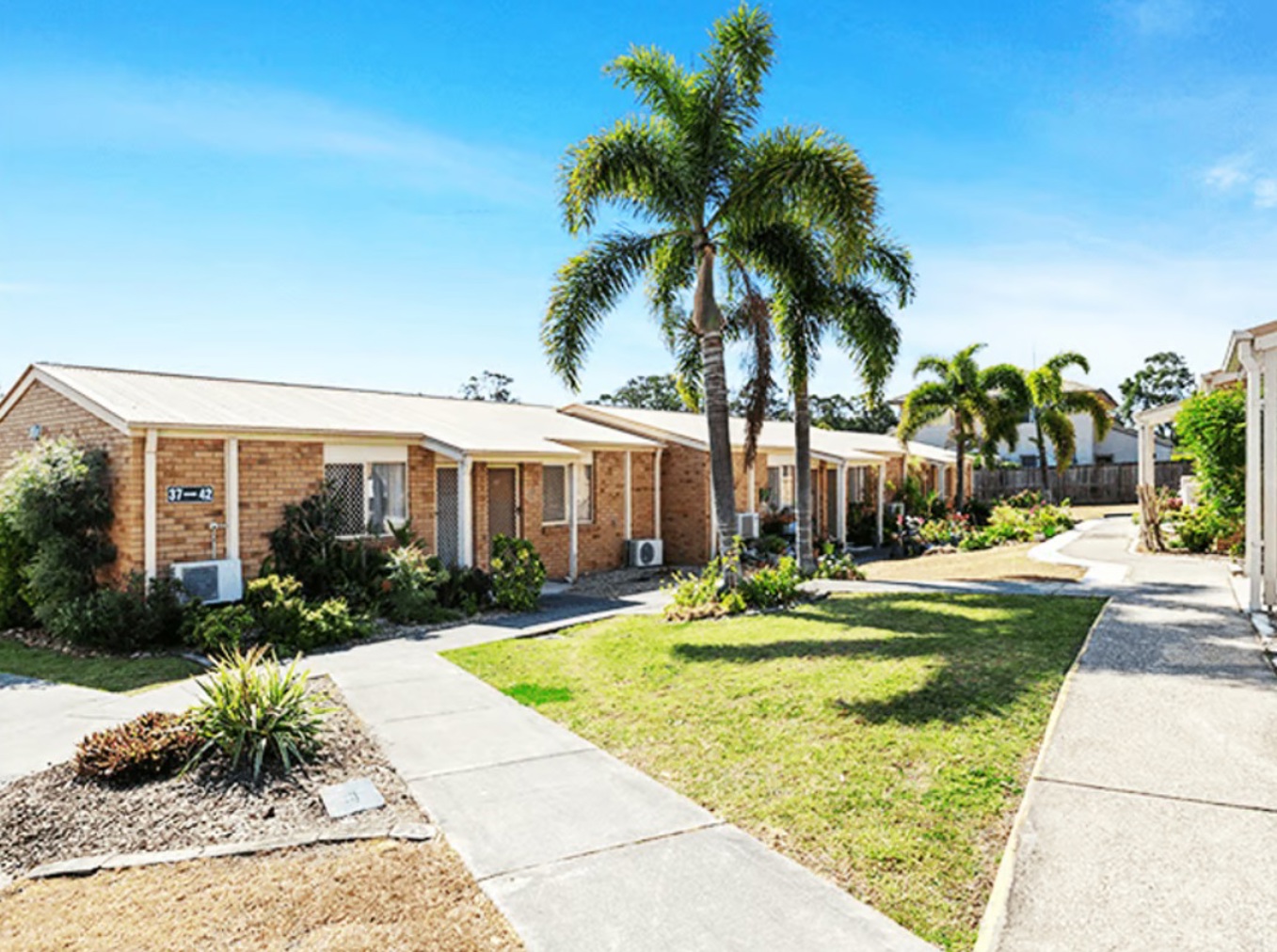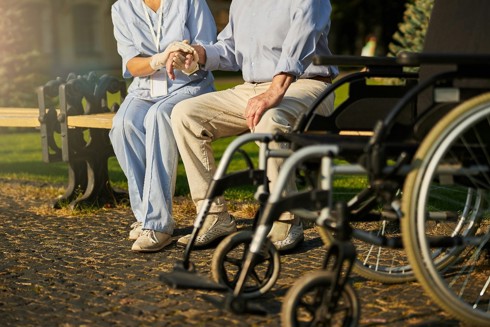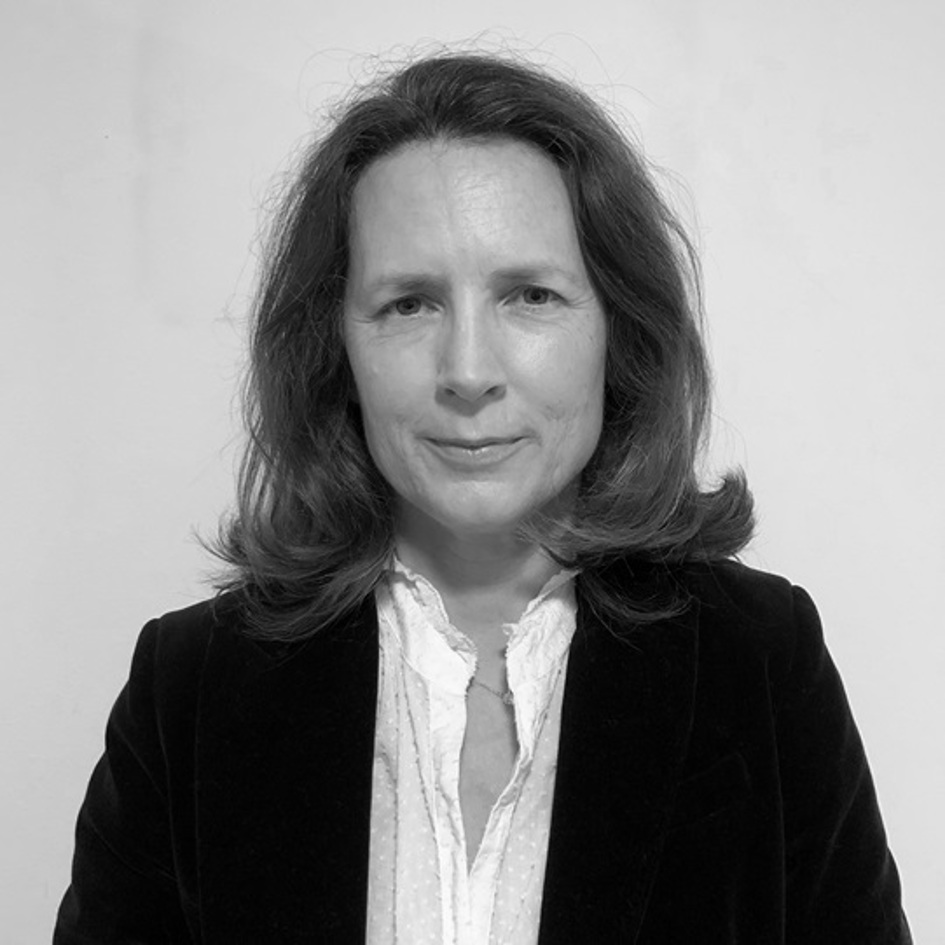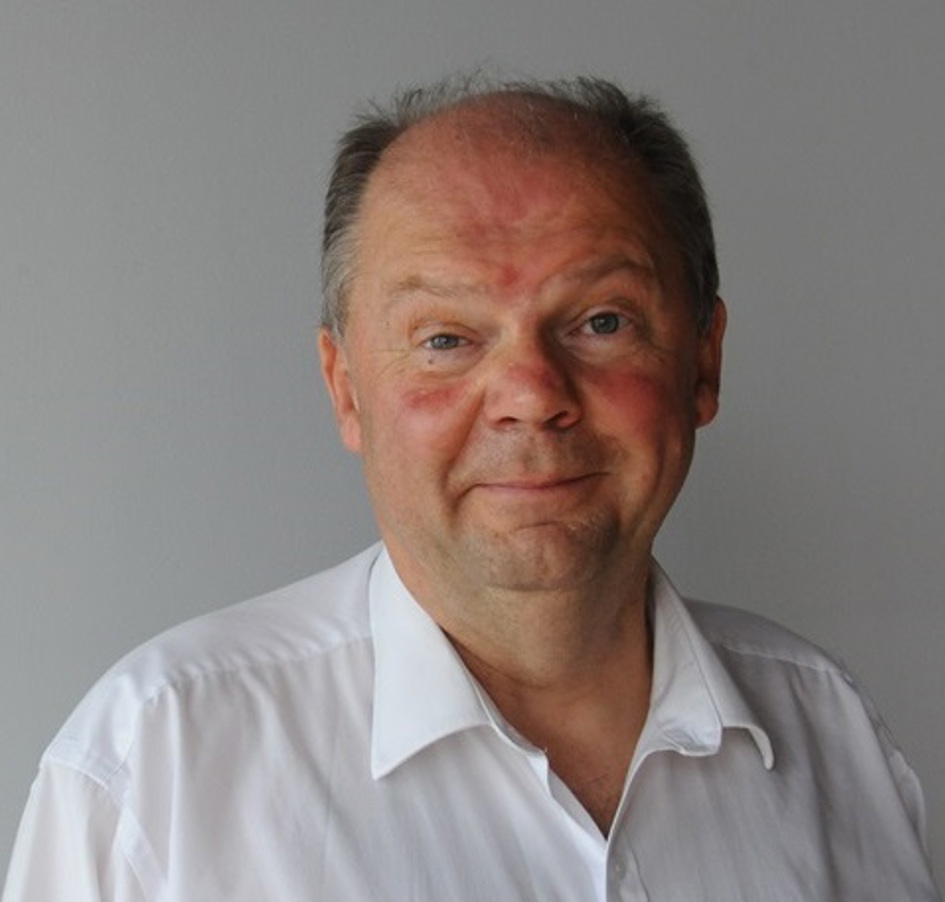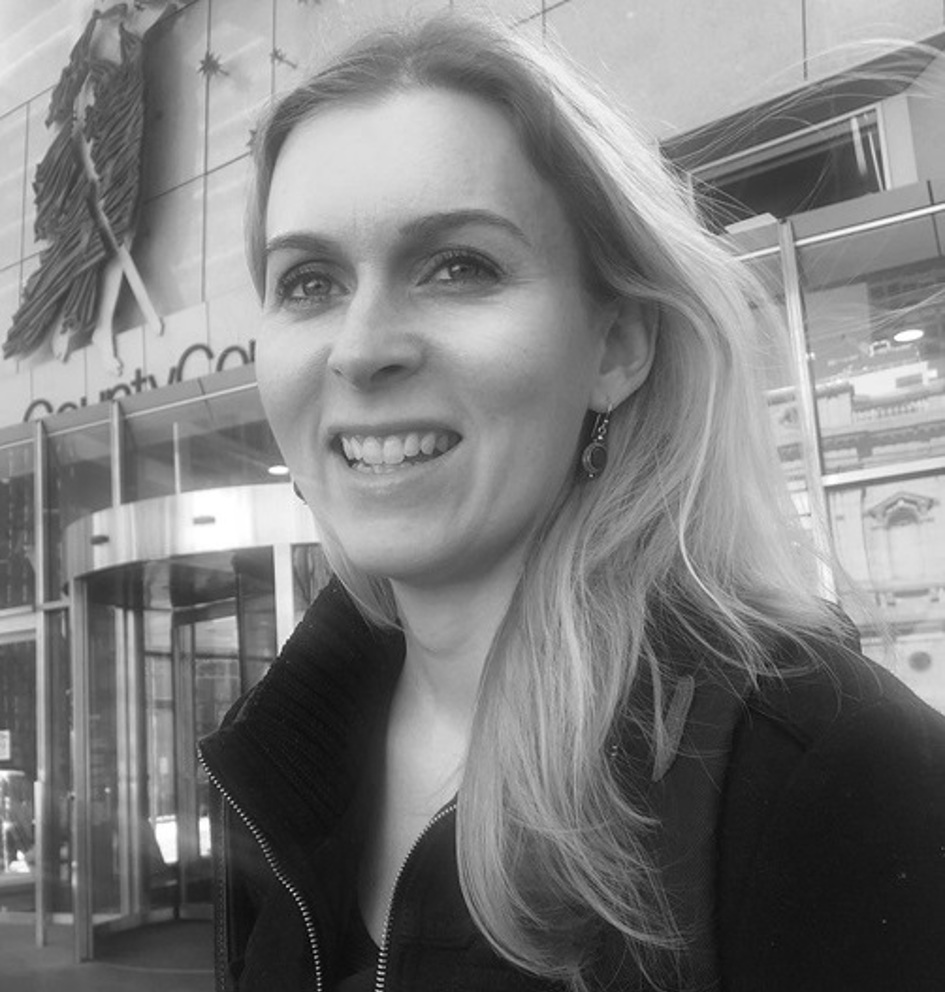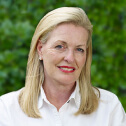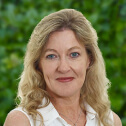What is a Refundable Accommodation Deposit (RAD) – and how can I pay for it?
24/11/2023

At AgedCare101, we are often asked how an individual can afford to enter residential aged care when the entry price can run into hundreds of thousands of dollars.
It’s important to understand that there are several options to pay for entry into an aged care home – and there is an option for every older Australian regardless of their income and assets.
One of the main ways to pay for residents aged care is a Refundable Accommodation Deposit (RAD). If paid in full, this is returned to the resident’s family when they exit the home. There’s normally no interest paid on the RAD and, in effect, it is an interest-free loan to the provider.
The RAD is set by the facility and is usually linked to the quality and amenities available. The maximum that is normally charged is $550,000 and this usually means a private room with an ensuite.
However, providers can charge more than this amount for superior accommodation with additional benefits if they have approval from the independent aged care pricing authority.
What are my other options?
The alternative to paying a RAD is the Daily Accommodation Payment (DAP).
The DAP is calculated by multiplying the outstanding amount by a Government fixed interest rate. That fixes the DAP payment for life.
Two years ago, the DAP rate was about 4%. Today, it is 8.15%. So, an individual with a shortfall of $100,000 on the RAD, for example, pays 100,000 times 8.15% or $8,150 a year, which translates to a DAP of $22.96 a day.
The resident – or family – can elect to pay the DAP or choose to have it taken from the RAD, which reduces the amount ultimately refunded.
If a person can fund the RAD from other sources, they might find themselves in a position where their loved one can continue to receive a full or part Pension because the money paid towards the RAD is exempt from Centrelink’s means test.
There is also the option to pay a combination RAD/DAP.
For older Australians of very low means (under $32,000 in assets as a single person), the Government steps in and covers the cost of your care, accommodation and daily living services.
What about the family home – will I have to sell?
Selling the home depends on its value and the other assets the owner has.
If the RAD is fully paid, selling the house and banking the proceeds means an exempt asset is now a fully assessed asset and will be captured by the means testing system.
If total assets exceed $909,500, the non-homeowner asset test will mean the Age Pension is cancelled.
If, however, the house sale funds the Centrelink means test-exempt RAD, the leftovers can be parked in an income-paying investment like a bank account with that income supplementing the part or full Age Pension.
If the total remaining assets are less than $543,750, your loved one would be getting close to a full Age Pension.
It’s important to remember that whatever your personal circumstances, there are always options to cover the costs of residential aged care if you need it. Seeking financial advice can provide guidance on the best option for you and your family.
You can follow our video guide for more help.
Individual circumstances vary, and readers are encouraged to seek personalized advice from qualified professionals before making any decisions related to aged care financing.
